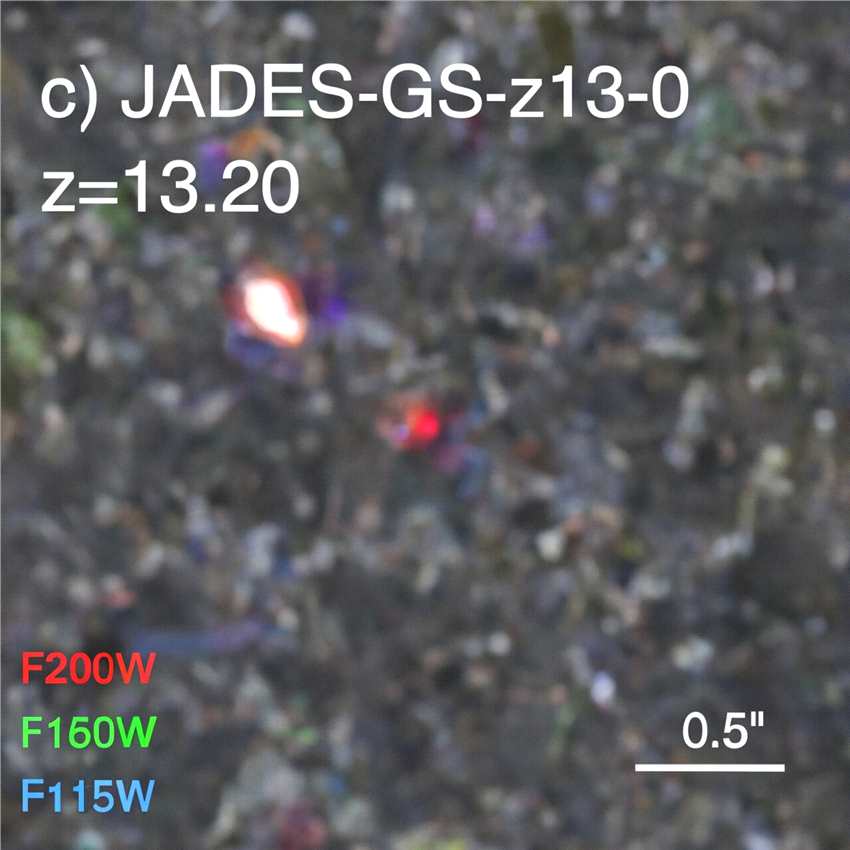Reliance Industries Ltd:Sell 5-year CDS
摘要: Relativevalue.Reliance(RIL)5-yearCDShasunderperformedinrecentmonthsandlookstoowidetous,indicatedbida
Relative value.
Reliance (RIL) 5-year CDS has underperformed in recent months and looks toowide to us, indicated bid at 215bp as we write. This is perhaps one of thewidest trading mid-to-high BBB rated corporate CDS globally (with no eventrisk). Comparing it to some similar rated regional and global names - EXIMBank, SBI, GS Caltex, SK Energy, Dow Chemicals, Qantas and even Indonesiasovereign, we find that RIL’s CDS relative to them has widened over the lastfew months and is trading close to LTM wides in all cases (Figure 1). FurtherRIL CDS spread is trading wide even relative to its own historical trading levels,having touched tights of 150bp back in March last year (Figure 2). Hence, werecommend selling it and see fair value closer to SBI CDS that is indicatedaround 180bp.
Basis is also wide.
We also compare RIL’s CDS to its cash bond (the 2020) spreads and see thatthe CDS started underperforming them in late Jan and the (positive) basis iscurrently (~70bp) is at LTM wides (Figure 3). Plus, the basis is much higherthan SBI, which is at ~30bp (positive). The basis for Indonesia is nearly zerowhile for Dow and GS Caltex, it is in fact negative. Separately, we highlightthat the RIL 2025s vs. 2020s curve is now quite steep at almost 85bp in G-spddifferential, with the long end underperforming off late. It has also startedtrading almost flat to Bharti 2025s, for the first time in history. Hence, in thelong end, we like the RIL cash bonds (relative to Bharti), but prefer its CDS tocash in the shorter tenor (as discussed above).
Key downside risks to our recommendation include deterioration in refiningmargins, continued delay in RJio’s launch and weaker markets that could leadto further underperformance of CDS vs. cash while key upside risks includedeleveraging post the ongoing capex cycle and RJio's success. One otherpotential risk is the demand/buying for CDS from bank lenders in case thecompany decides to refinance its USD1.1 billion facility maturing in July and/ortakes a new loan, though we expect any such technical to be temporary andwill see it as an opportunity to get longer risk. Per Bloomberg, the next big loanmaturities are only in 2017.
Fundamentals.
Bottom up, RIL is perhaps the strongest Indian credit under our coverage. Ithas the highest credit rating (BBB+, stable / Baa2, positive) and is the onlycorporate to pierce the sovereign ceiling from S&P. RIL generated revenue andEBITDA of USD41.7 billion and USD7.8 billion in FY16, and its market cap,cash balance and total debt stand at ~USD45 billion, USD13 billion andUSD27.3 billion respectively.
positive,Hence,bp,Relativevalue,Reliance














